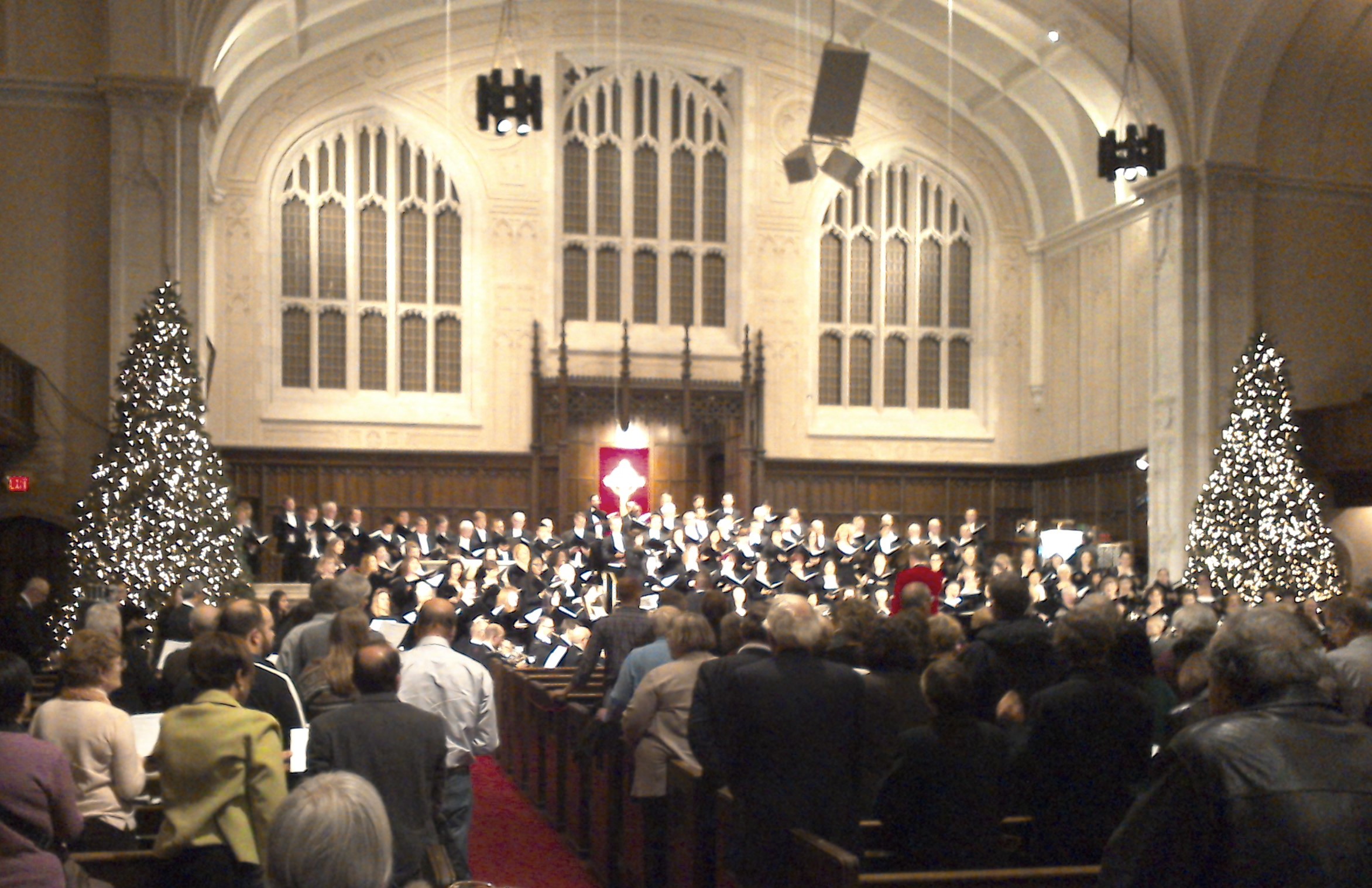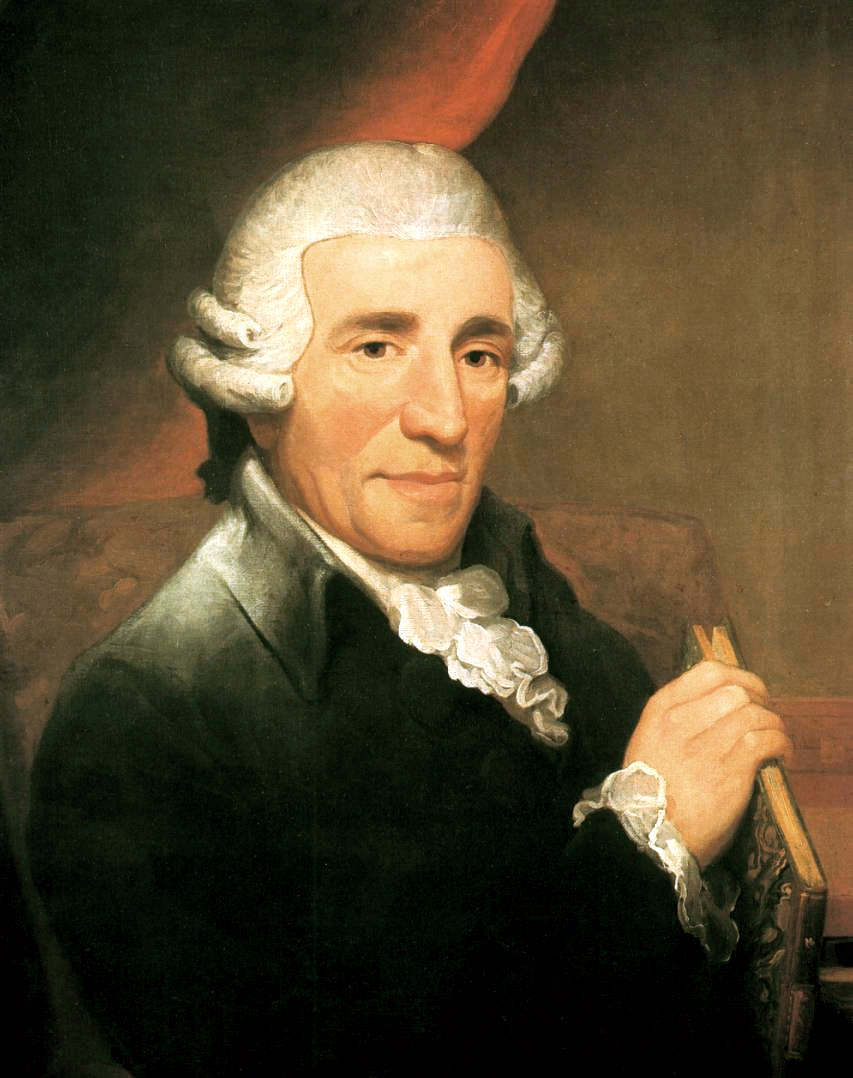Program Notes
Media Room
March 16, 2015
Sacred Music 2015 Program Notes
2014-15 Season

The Toronto Mendelssohn Choir’s Good Friday 2015 concert of spiritual, meditative music begins with music by the popular Englishman Sir John Tavener (1944 –2013). He was trained traditionally at the Royal Academy of Music, and as his life and career developed, Tavener’s character and music became more spiritual and contemplative, eventually leading him to turn to the Russian Orthodox Church in 1977. Song for Athene was written in 1993 as a tribute to a young family friend of Tavener’s named Athene who died in a cycling accident. Athene’s love of acting and of the music of the Orthodox Church led the composer to combine words from Shakespeare’s Hamlet with words from the Orthodox funeral service. The work became part of popular culture after it was performed at the funeral of Diana, Princess of Wales, in 1997.
January 15, 2015
Passio Program Notes
2014-15 Season

The shining beacon of Pärt’s tintinnabuli technique, and one of his most important works is “Passio Domini Nostri Jesu Christi Secundum Joannem” or The Passion of Our Lord Jesus Christ According to John – his St. John Passion or known more simply as Passio. It was finished in 1982, shortly after Pärt and his family were allowed out of Soviet-controlled Estonia and emigrated to the West. Passio is a setting of the story of the crucifixion of Christ from chapters 18 and 19 of the biblical gospel of St. John.
November 11, 2014
Festival of Carols 2014 Program Notes
2014-15 Season

One of the joys of Christmas is its predictability. Every year, we associate the Christmas season with familiar images, tastes, activities, objects and sounds. Santa Claus and Ebenezer Scrooge, Handel’s Messiah and Tchaikovsky’s Nutcracker, roast turkey and cranberry sauce, mistletoe and eggnog…….. brass instruments and choral voices. They all provide a joyous, festive and warm mood to which we enjoy returning year after year.
September 2, 2014
Mozart and Haydn Program Notes
2014-15 Season

After almost thirty years as Kapellmeister to the court of Esterháza, Joseph Haydn was let go in 1790 becoming a very successful freelance composer. The Esterházys awarded him a pension, allowing for a comfortable retirement, and stipulated that Haydn’s one remaining task be to compose and direct a new mass once a year to honour the name-day of Princess Marie Esterházy. The last six masses by Haydn were all for this purpose, the most famous being the so-called “Lord Nelson” Mass.
May 15, 2013
Beethoven: Missa Solemnis Program Notes
2012-13 Season

When you come right down to it, Beethoven didn’t compose a lot of choral music. There are three early works – the under-rated Mass in C, the rarely-performed oratorio Christ on the Mount of Olives and the Fantasia for Piano, Chorus and Orchestra, Op. 80. Of course, there are choruses in the opera Fidelio before his last two choral masterpieces – the finale to the Symphony No. 9, and the great Missa Solemnis.
March 29, 2013
Sacred Music for a Sacred Space 2013 Program Notes
2012-13 Season

Except for a couple of years at the Dresden Court, Antonio Lotti (c.1647-1740) spent his career in Venice, working his way up from singer to organist to maestro di cappella at St. Mark’s Basilica. Lotti was an innovative composer of almost thirty operas, but in his sacred music he tended to rely on the great traditions of Renaissance polyphony. J.S. Bach, G.F. Handel and Felix Mendelssohn all knew and admired his music. Today he is known almost exclusively for his many settings of the Crucifixus text from the Credo of the mass. Why he wrote so many has remained a mystery but it may have been for insertion into mass settings by other composers.


